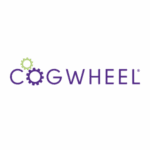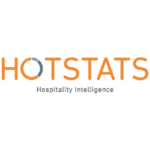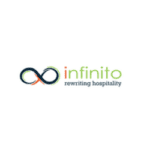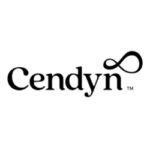 Revenue Management is a set of practices that help business to maximise profits, through increasing revenues and controlling costs. Revenue Management came from the airline industry and has now been present in hotels for a few decades. The main elements of Revenue Management cover demand forecasting, pricing and inventory management, and distribution management.
Revenue Management is a set of practices that help business to maximise profits, through increasing revenues and controlling costs. Revenue Management came from the airline industry and has now been present in hotels for a few decades. The main elements of Revenue Management cover demand forecasting, pricing and inventory management, and distribution management.
But how can a business forecast their demand during a crisis like the COVID-19 pandemic? How can they price appropriately, for each market segment, for each of room types? Which distribution channels will bring them the most demand, if any at all? Let’s have a look at what happened this year.
A disruptive year felt across the industry
The consequences of border and hotel closures, the drop in corporate and event businesses, and overall lack of customer demand have been deeply felt throughout the industry. This was perhaps more potent in the first few months of the global pandemic, where some countries or states experienced complete lockdowns. Now, the pressure is gradually lifting as some countries, like New Zealand or Australia, ease restrictions. With this, domestic tourism is on the rise, and opportunities are growing for regional hotels, interestingly more so than the city-based ones.
The key problem we are facing in Revenue Management today is that, though there have been crises before, this is on an unprecedented scale. There is little information to benchmark how the market is changing, which means businesses cannot only rely on past data to make future predictions and forecasts. Demand fluctuates every day, based on government regulations and restrictions.
Innovating through uncertainty
Revenue Managers – and all sorts of Sales, Marketing, Events and Operations managers – have had to be more creative in the way they price their products. In hotels, the management team had to adapt, exploring new, innovative revenue streams.
Examples include, offering training for the Zoom online platform or day use rentals of unused meeting rooms or guest rooms for work purposes. We have seen a myriad of packages created in the last months, inclusive of breakfast, lunch, dinner, kids’ amenities, stay-3-pay-2, spa, parking, car rental and many others. The need to innovate is reflected outside of the hotel industry, seeing the resurgence of drive-in cinemas, music festivals moving on boats, events primarily held online, and many more.
Opportunities for cost reduction
Managing costs also came through different initiatives like contactless check-in and interactions with staff. In some hotels, menus and hotel information booklet were replaced by QR codes, for guests to download directly on their smartphone. Contactless technology is not new (Hilton hotels have been using digital key cards since 2015), but there was no pressing reason to adopt it until now.
Other potential costs were saved by spending less in marketing for distribution. In one of their latest webinar, Amadeus IT Group reported an increase in brand.com (hotel website) and mobile bookings during the last few months for the APAC region. This implies savings in cost per click and cost per view expenditures, due to customers using direct channels to book.
In addition, there have been more requests for flexibility and transparency. Guests want more ways to book, like redeeming airline frequent flyer points towards their stays, and flexible cancellations and refund policies. Guests also want to be aware of the latest government restrictions and rules applying in the current market. They want to be reassured in terms of cleaning protocols, health and safety. This is why guests accept this move towards digital and contactless technology. For hotels, this can also mean further opportunities to reduce costs, especially regarding labour costs (check-in kiosks, digital concierge, keyless door locks, etc.).
Revenue monitoring is more important than ever
Finally, there also has been a slight change in the way performance is measured. Hotels are relying more on TRevPAR (Total Revenue Per Available Room) instead of RevPAR (Rooms Revenue Per Available Room). This is obviously due to the attempt to increase ancillary revenues – or what is called Total Hotel Revenue Management, a practice that has been described in academia for the past three decades.
Although this has been a devastating year for many in the hospitality industry, it has been exciting to see many businesses take advantage of the change to reflect, review and adapt new practices. It is certainly a testament to the adaptability and creativity intrinsic to our industry, which will no doubt help us on the road to recovery.
About the author
Antoine Bisson, CHIA, is a Senior Learning Facilitator at Blue Mountains International Hotel Management School.



















